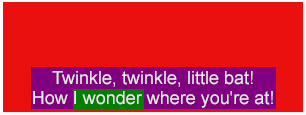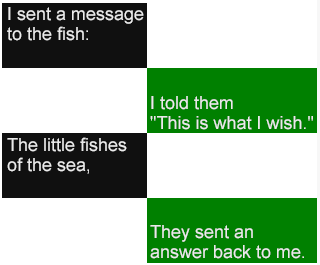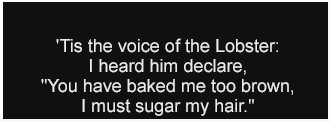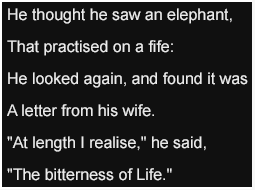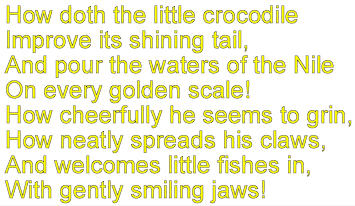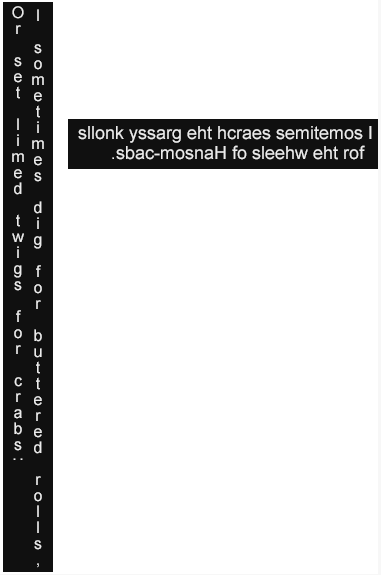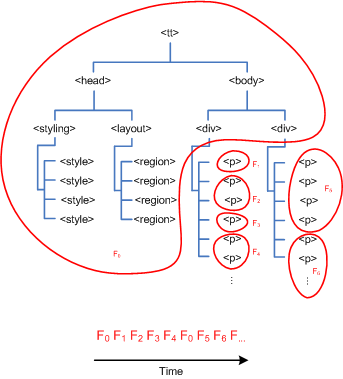Timed Text Markup Language (TTML) 1.0
W3C Recommendation 18 November 2010
- This version:
- http://www.w3.org/TR/2010/REC-ttaf1-dfxp-20101118/
- Latest version:
- http://www.w3.org/TR/ttaf1-dfxp/
- Previous version:
- http://www.w3.org/TR/2010/PR-ttaf1-dfxp-20100914/
- Editor:
- Glenn Adams, Samsung Electronics Co., Ltd.
- Contributing Authors:
- Mike Dolan, Invited Expert
- Geoff Freed, WGBH National Center for Accessible Media
- Sean Hayes, Microsoft
- Erik Hodge, RealNetworks
- David Kirby, British Broadcasting Corporation (BBC)
- Thierry Michel, W3C
- Dave Singer, Apple Computer
Please refer to the errata for this document, which may include some normative corrections.
See also translations.
Copyright © 2010 W3C® (MIT, ERCIM, Keio), All Rights Reserved. W3C liability, trademark and document use rules apply.










